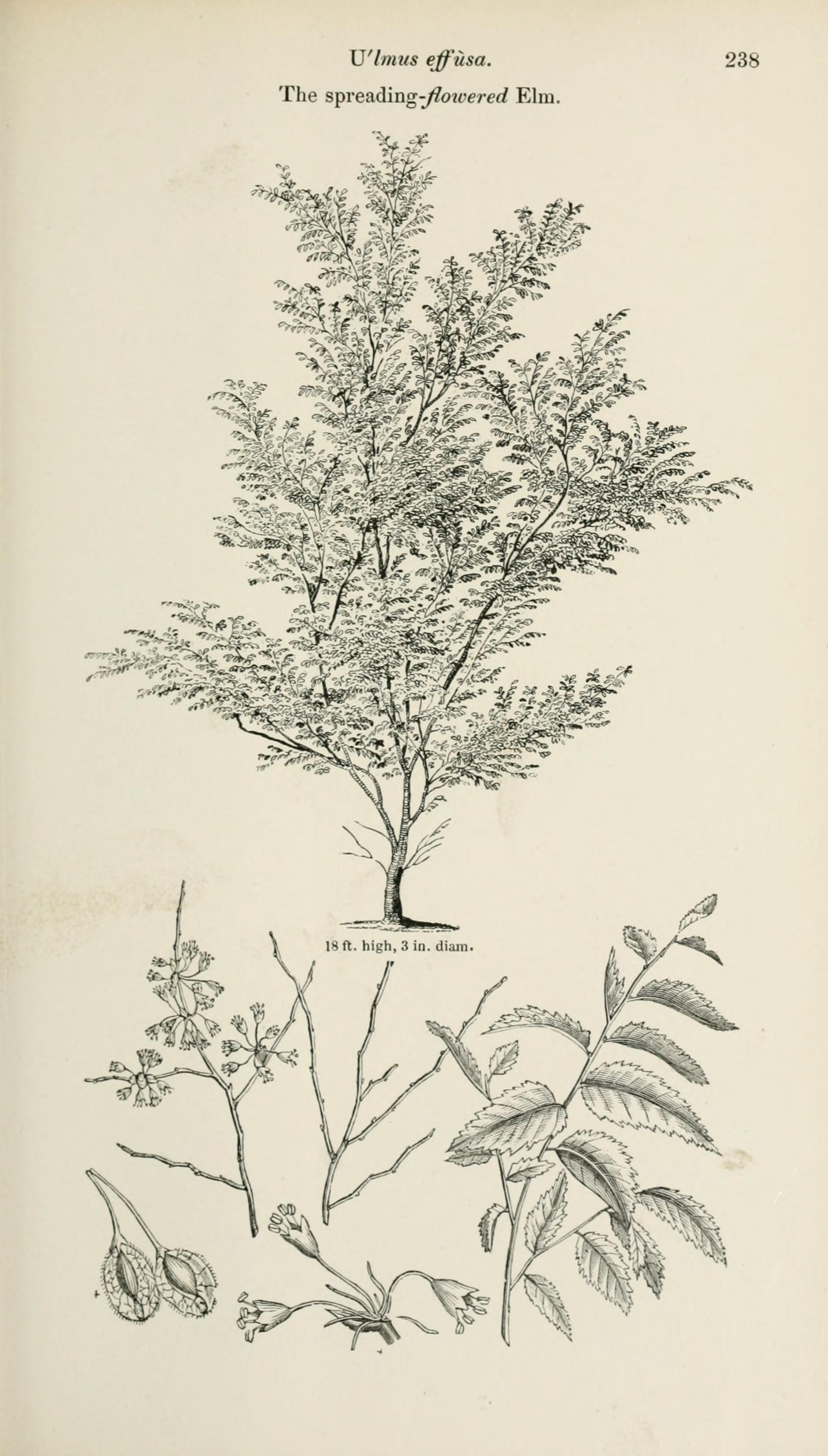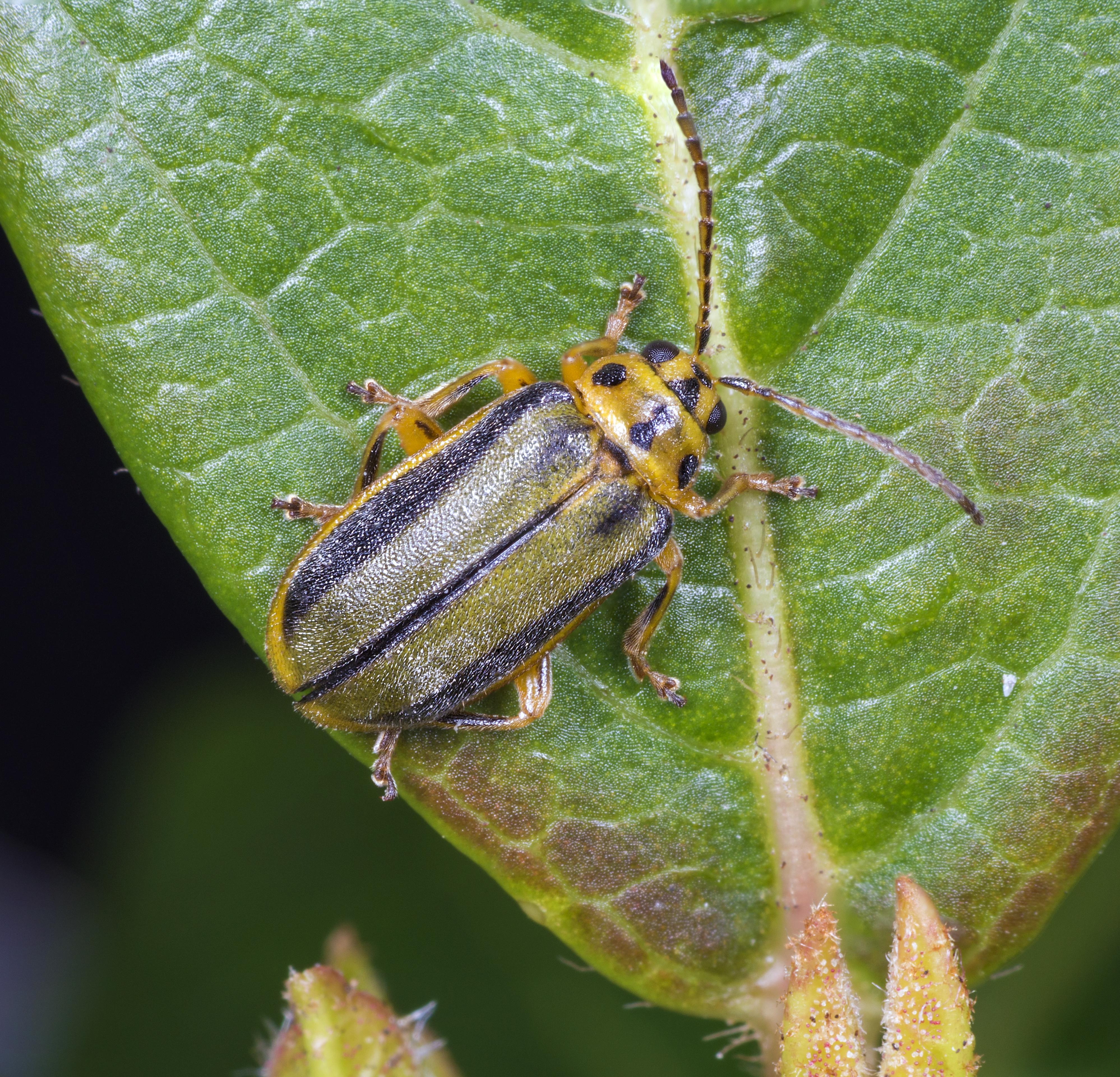|
Ulmus Laevis Var. Simplicidens
''Ulmus laevis'' var. ''simplicidens'' is a variety of the European white elm ''Ulmus laevis'' Pall., variously known as the European white elm, fluttering elm, spreading elm, stately elm and, in the United States, the Russian elm, is a large deciduous tree native to Europe, from France northeast to southern Finland, east b ... which exists at the National Botanic Garden of Latvia in Salaspils; it was obtained from St. Petersburg, Russia, in 1964. Description The tree was described by Egbert Wolf in 1924. The varietal epithet ''simplicidens'' translates as 'simple teeth'. Accessions Europe *National Botanic Garden of Latvia, Salaspils, Latvia. Acc. no. 18137 References Elm species and varieties Ulmus articles missing images laevis var. simplicidens {{Ulmaceae-stub ... [...More Info...] [...Related Items...] OR: [Wikipedia] [Google] [Baidu] |
European White Elm
''Ulmus laevis'' Pall., variously known as the European white elm, fluttering elm, spreading elm, stately elm and, in the United States, the Russian elm, is a large deciduous tree native to Europe, from France northeast to southern Finland, east beyond the Urals into Kyrgyzstan and Kazakhstan, and southeast to Bulgaria and the Crimea; there are also disjunct populations in the Caucasus and Spain, the latter now considered a relict population rather than an introduction by man, and possibly the origin of the European population.Fuentes-Utrilla, P., Squirrell, J., Hollingsworth, P. M. & Gil, L. (2006). ''Ulmus laevis (Pallas) in the Iberian Peninsula. An introduced or relict tree species? New data from cpDNA analysis.'' Genetics Society, Ecological Genetics Group conference, University of Wales Aberystwyth 2006. ''U. laevis'' is rare in the UK, although its random distribution, together with the absence of any record of its introduction, has led at least one British authority to cons ... [...More Info...] [...Related Items...] OR: [Wikipedia] [Google] [Baidu] |
National Botanic Garden Of Latvia
The National Botanic Garden of Latvia ( lv, Nacionālais botāniskais dārzs) is a botanical garden in Salaspils, Latvia. It is one of the largest botanical gardens in the Baltic states. History The present institution was founded in 1956, but traces its history back to 1836, when Сhristian Wilhelm Schoch founded a commercial plant nursery, which later moved to Salaspils. Before World War II, it was the largest plant nursery in the Baltic states. In 1944 it was turned into a state-owned experimental garden and in 1956 became the botanical garden of the Latvian Academy of Sciences. Since the re-establishment of Latvian independence in 1992, it has served as the National Botanic Garden of Latvia. Description The National Botanic Garden of Latvia have the following main tasks: "investigations in botany and ornamental gardening, plant collections, introduction of plants, researches in genetics and breeding and information and popularisation of the investigations' results." It is ... [...More Info...] [...Related Items...] OR: [Wikipedia] [Google] [Baidu] |
Salaspils
Salaspils (; german: Kircholm; sv, Kirkholm) is a town in Latvia, the administrative centre of Salaspils Municipality. The town is situated on the northern bank of the Daugava river, 18 kilometers to the south-east of the city of Riga. History Salaspils is one of the oldest settlements in Latvia. Archaeological excavations of 1964–1975 (during the construction of Riga HES) in ancient settlements, burial grounds and castle mounds give evidence of very dense population of the region. At this time, the remains of 11,000-year-old reindeer hunters were found (the oldest known human settlement in all of Latvia) and 3500-year-old remains of Baltic hunters, buried in hollowed-out oak-tree trunks, were found as well. There is evidence that both Livs and Balts built hill forts in the region. At the end of the 12th century, German merchants travelled up the Daugava, establishing missionaries among the Livonian settlements. One important centre of Daugava Livonians, the small island M ... [...More Info...] [...Related Items...] OR: [Wikipedia] [Google] [Baidu] |
Elm Species And Varieties
Elms are deciduous and semi-deciduous trees comprising the flowering plant genus ''Ulmus'' in the plant family Ulmaceae. They are distributed over most of the Northern Hemisphere, inhabiting the temperate and tropical-montane regions of North America and Eurasia, presently ranging southward in the Middle East to Lebanon and Israel,Flora of Israel OnlineUlmus minor Mill. , Flora of Israel Online accessdate: July 28, 2020 and across the Equator in the Far East into Indonesia.Fu, L., Xin, Y. & Whittemore, A. (2002). Ulmaceae, in Wu, Z. & Raven, P. (eds) Flora of China'', Vol. 5 (Ulmaceae through Basellaceae). Science Press, Beijing, and Missouri Botanical Garden Press, St. Louis, US. Elms are components of many kinds of natural forests. Moreover, during the 19th and early 20th centuries, many species and cultivars were also planted as ornamental street, garden, and park trees in Europe, North America, and parts of the Southern Hemisphere, notably Australasia. Some individual ... [...More Info...] [...Related Items...] OR: [Wikipedia] [Google] [Baidu] |
Ulmus Articles Missing Images
Elms are deciduous and semi-deciduous trees comprising the flowering plant genus ''Ulmus'' in the plant family Ulmaceae. They are distributed over most of the Northern Hemisphere, inhabiting the temperate and tropical-montane regions of North America and Eurasia, presently ranging southward in the Middle East to Lebanon and Israel,Flora of Israel OnlineUlmus minor Mill. , Flora of Israel Online accessdate: July 28, 2020 and across the Equator in the Far East into Indonesia.Fu, L., Xin, Y. & Whittemore, A. (2002). Ulmaceae, in Wu, Z. & Raven, P. (eds) Flora of China'', Vol. 5 (Ulmaceae through Basellaceae). Science Press, Beijing, and Missouri Botanical Garden Press, St. Louis, US. Elms are components of many kinds of natural forests. Moreover, during the 19th and early 20th centuries, many species and cultivars were also planted as ornamental street, garden, and park trees in Europe, North America, and parts of the Southern Hemisphere, notably Australasia. Some individual el ... [...More Info...] [...Related Items...] OR: [Wikipedia] [Google] [Baidu] |



